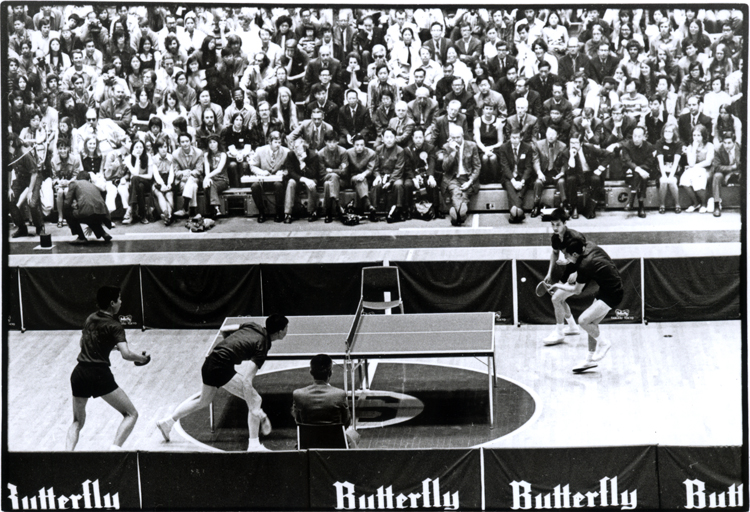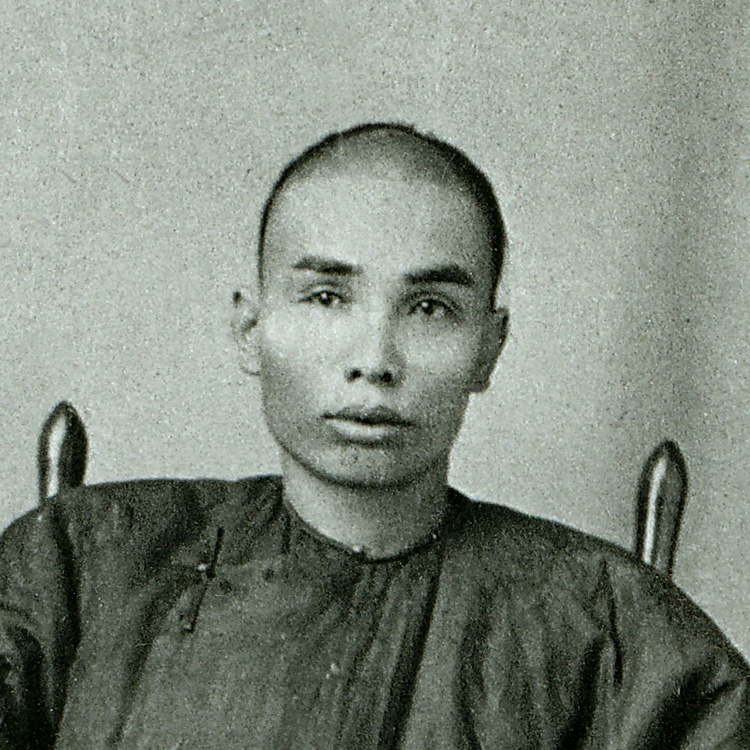Ping pong was invented in England in the 1880s, but its association with Chinese athletics is undeniable. In the 1920s, Mao Tse-tung instituted it as a recreational activity for the People’s Liberation Army, after which it quickly became China’s most popular sport. The game played a crucial role in the thawing of relations between China and the U.S. in 1971 when a U.S. ping pong player, Glenn Cowan, accidentally boarded a Chinese team bus at the World Table Tennis Championships in Nagoya, Japan. Cowan was greeted by Zhuang Zedong of the Chinese team and the two had a conversation via translator. After learning of this exchange, Chairman Mao invited the U.S. team to visit tour China; President Nixon approved the trip, ending an over 20 year period of diplomatic silence between the two nations.
In February of the following year, President Nixon would visit China and meet with Chairman Mao and begin normalizing U.S.-China relations. April of that same year a Chinese delegation of ping pong players would tour America for two weeks; this exchange become known as “ping pong diplomacy.” On April 28th, 1972 the Chinese team would play an exhibition game at Stanford University’s Maples Pavilion.


